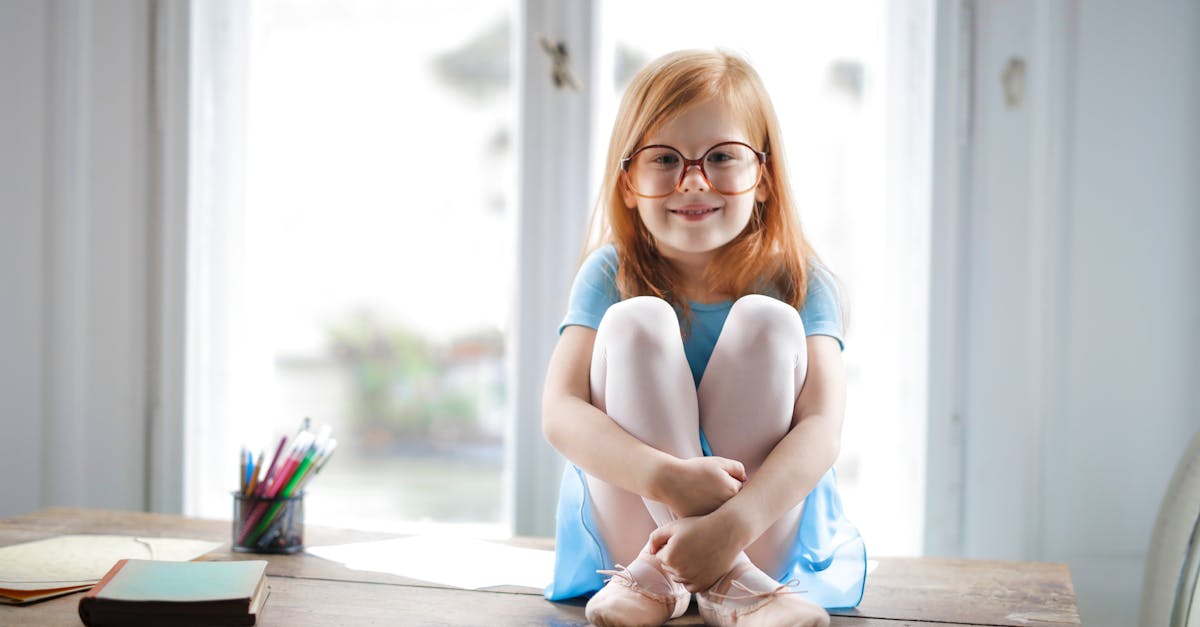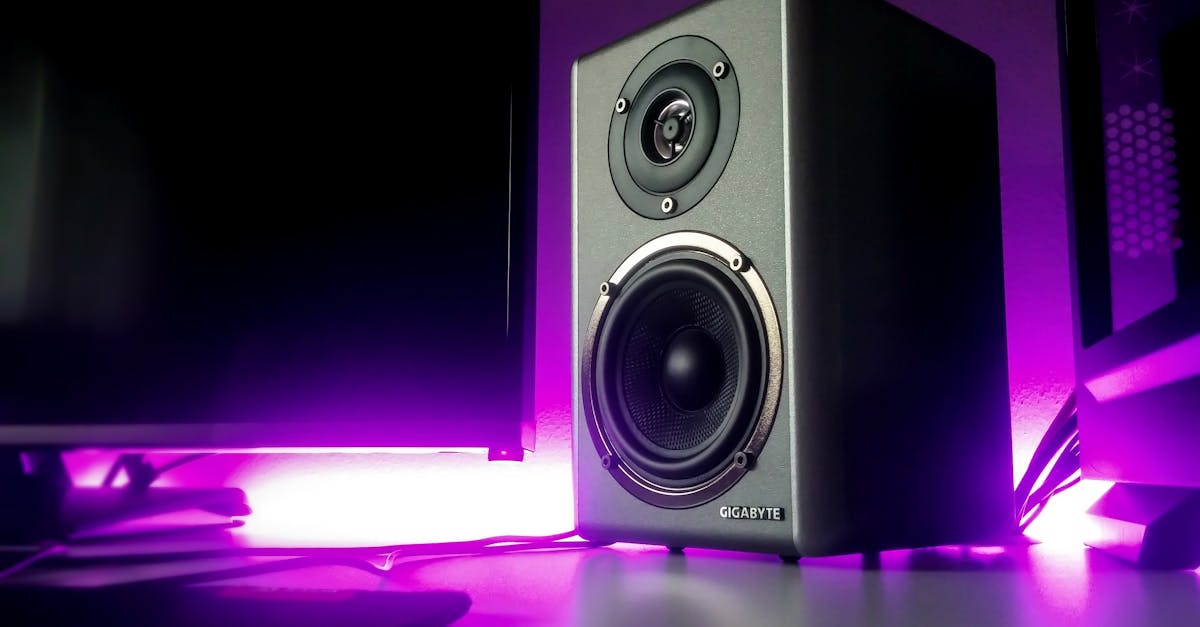Baby diapers have come a long way since they were first introduced in the early 1900s. Today, there are a multitude of options available to parents when it comes to choosing the right type of diaper for their baby. From cloth to disposable and everything in between, this article will outline the different types of baby diapers available on the market today.
1. Cloth Diapers
Cloth diapers are a popular choice for eco-conscious parents and those concerned with the cost and environmental impact of disposable diapers. Cloth diapers come in a variety of styles and materials, including prefolds, flats, and fitted diapers. They are made from natural fibers like cotton, hemp, and bamboo, and are reusable, making them an economical option in the long run.
Prefold diapers are flat, rectangular-shaped pieces of fabric with multiple layers that can be folded into a shape that fits around a baby’s bottom. Flats are larger pieces of fabric that need to be folded and secured in place with pins or a Snappi. Fitted diapers, on the other hand, are pre-shaped to fit around a baby’s bottom and have elasticized leg openings and waistbands to ensure a snug fit.
Cloth diapers require a bit more work than disposables, as they need to be washed and dried after use. However, with the use of a diaper service, parents can have their cloth diapers picked up and washed for them, making them a convenient option.
2. Disposable Diapers
Disposable diapers are the most commonly used type of diaper. They are convenient and easy to use, making them a popular choice for busy parents. Disposable diapers are made from a combination of plastic, absorbent materials, and adhesives. They are designed to be thrown away after use, making them a convenient option for parents who don’t want to deal with the hassle of washing and drying cloth diapers.
Disposable diapers come in a variety of sizes and styles, including newborn, infant, and toddler sizes. They are also available in different absorbency levels, making them a good choice for babies of different ages and stages.
3. Biodegradable Diapers
Biodegradable diapers are similar to disposable diapers in terms of convenience, but they are made from materials that are better for the environment. Biodegradable diapers are made from materials like bamboo, corn, and wheat, which are biodegradable and compostable.
While biodegradable diapers are better for the environment than traditional disposable diapers, they still create waste that needs to be disposed of properly. It is important to ensure that these diapers are disposed of in a compost bin or in a landfill that has the capacity to break down the materials.
4. Swim Diapers
Swim diapers are a special type of diaper designed for use in the water. They are made from lightweight, absorbent materials that won’t weigh a baby down in the water. Swim diapers are available in disposable and reusable options, with reusable swim diapers often made from a waterproof material like PUL.
Swim diapers are not designed to hold in urine or solid waste like regular diapers. Instead, they are designed to contain any accidents that may occur while in the water.
5. Training Pants
Training pants, also known as pull-ups, are a transitional diaper designed for toddlers who are ready to start potty training. They are designed to look and feel like regular underwear, with elasticized waistbands and leg openings for a comfortable fit.
Training pants are available in disposable and reusable options, with reusable options often made from a waterproof material like PUL. They are designed to allow toddlers to pull them up and down on their own, helping to build confidence and independence during the potty training process.
In conclusion, there are many different types of baby diapers available on the market today. Whether you choose cloth, disposable, biodegradable, swim, or training pants, the most important thing is to choose a diaper that best suits your baby’s needs and your lifestyle. Consider factors like absorbency, convenience, cost, and environmental impact when choosing the right diaper for your little one. For more useful information visit Best Diapers in USA today




